The road goes ever on …
The trial round Laleston and Merthyr Mawr seems pretty much sorted. Bridgend CBC are keen to have a trail going north to Llangynwyd. Since the route round Laleston is themed around the pilgrimage route to Llangynwyd this seemed a no-brainer. And yesterday was a sunny day so Cara the pilgrim dog and I set off with our sandwiches.
Following the actual Ffordd y Gyfraith won’t work beyond Llangewydd because most of it is a busy B road. It’s difficult to find footpaths shadowing it and crossing the M4, but the very minor road north from the Laleston pound goes under the M4 and there are footpaths across the fields, then a wiggle gets you into the Parc Slip nature reserve at Cwm Ffos.
More about Parc Slip at http://www.welshwildlife.org/visitor-centres/parc-slip-visitor-centre/ and something about walking trails in and around the park at http://www.glamorganwalks.com/parc_slip.htm . The long walk around the park looked promising so we parked there and set off north. The road past the reserve crosses the main Cefn Cribwr road and becomes a pretty lane to Cwmrisca farm.
When you get to the farm, go through the gate to the right
Some of the gates need a bit of attention but in general the path is well waymarked.
You leave the fields, climb a steep slope and emerge on the ridge. Don’t take the obvious trackway to the left
but bear right to join the old Ogwr Ridgeway (now renamed the Glamorgan Ridgeway)
and turn left over this rather battered stile
Follow the ridgeway past the mast on Mynydd Baeden and down to a minor road. You are now back on the medieval Ffordd y Gyfraith. The hollow trails running parallel to the metalled road suggest how much traffic it took.
(here’s a detail with some sheep for scale)
The little dimple on the far ridge of Mynydd Ty-talwyn is a house platform, all that remains of a deserted settlement. Many of these upland settlements vanished during the early fourteenth century, when the weather got dramatically worse, there were famines and mountain land could no longer be farmed. Harsh times.
Our world now has the opposite problem, the diseases of affluence – once you get back on the road, rubbish and fly-tipping is a problem.
but the views are spectacular
You can take a diversion along the track to Cefn Ydfa, home of the famous maid of Cefn Ydfa, the beautiful Ann Thomas.
The story is that she was the daughter of a wealthy local farmer. She was in love with a young poet, Wil Hopcyn. But Wil was only a labourer and her family made her marry the son of another local landowner. She died of a broken heart. Wil wrote the famous Welsh song ‘Bugeilio’r Gwenith Gwyn’ in which he says he has watched the white wheat ripening but another man has the harvest. You can see memorials to both of them at Llangynwyd church.
I didn’t have time to explore the footpaths down into Llangynwyd – that will have to wait for another day. We walked on along the Ridgeway then down through the forest. The monks of Margam had a summer grange here called Hafod Deca. Walking here some years ago I thought I found the ruins of an old farmhouse but it is now nowhere to be seen. Did I really see it, or did I read about it and think I had seen it? Memory is a funny thing.
Below where the ruins might have been you rejoin the Glamorgan Walks route, cross a minor road and walk through the farmyard of Ffynnon Iago with its well under the trees.
But after that the route gets bogged down and totally overgrown. We had to push our way through woods and I sank up to my knees in some very wet fields. Not an alternative route, then, and no scope for a circuit. But once you reach Llangynwyd there are routes off in all directions – east to the railway station, east and west along the Glamorgan Ridgeway, following the pilgrimage route down to Margam, or north to join Andrew Dugmore’s Cultural Olympiad route.
We got back to Parc Slip in the twilight –
more fine tuning next week.

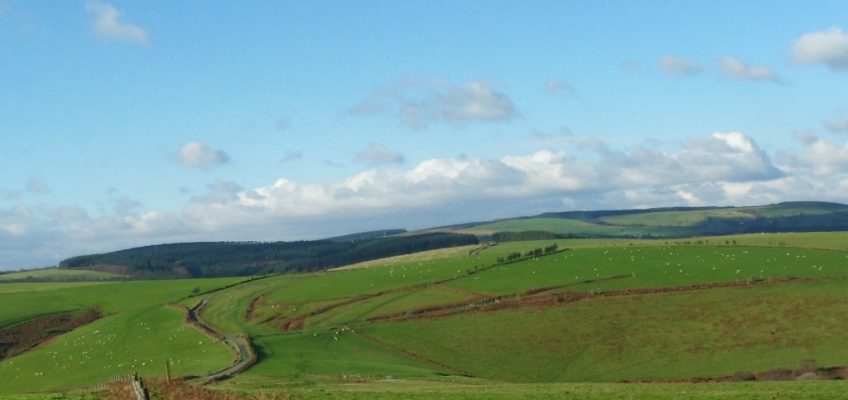
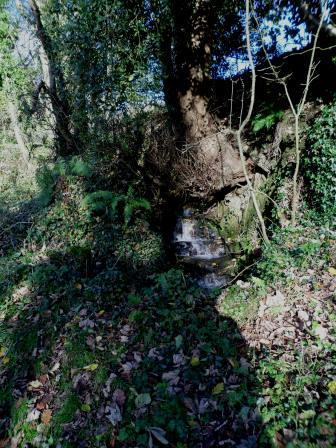



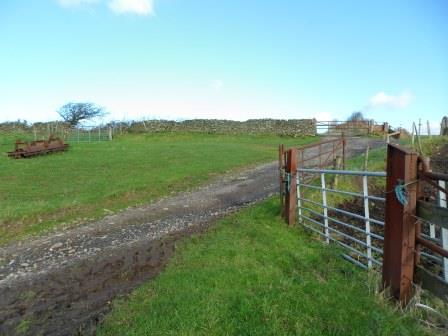




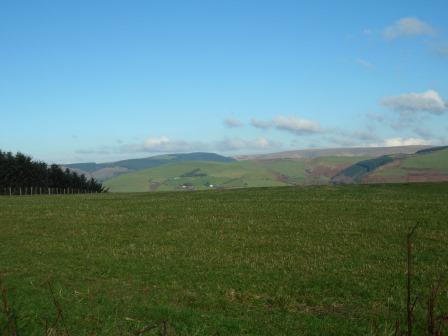
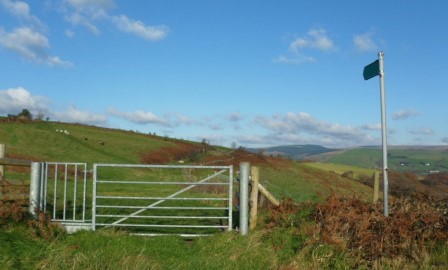
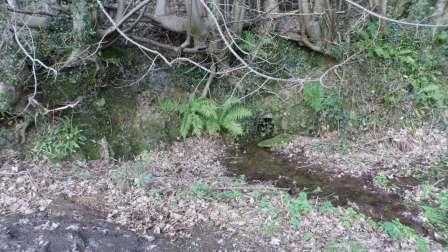

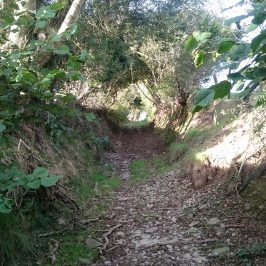
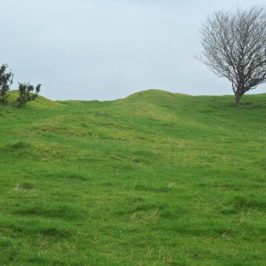
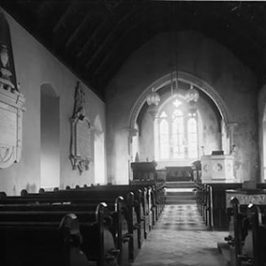
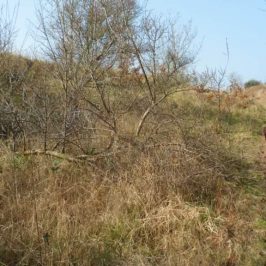
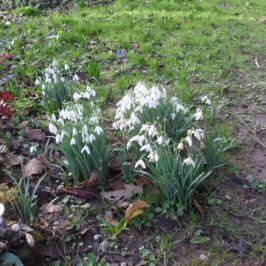
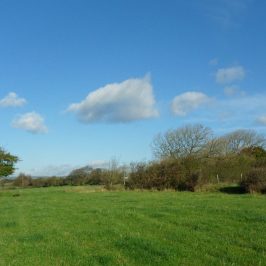
Leave a Reply